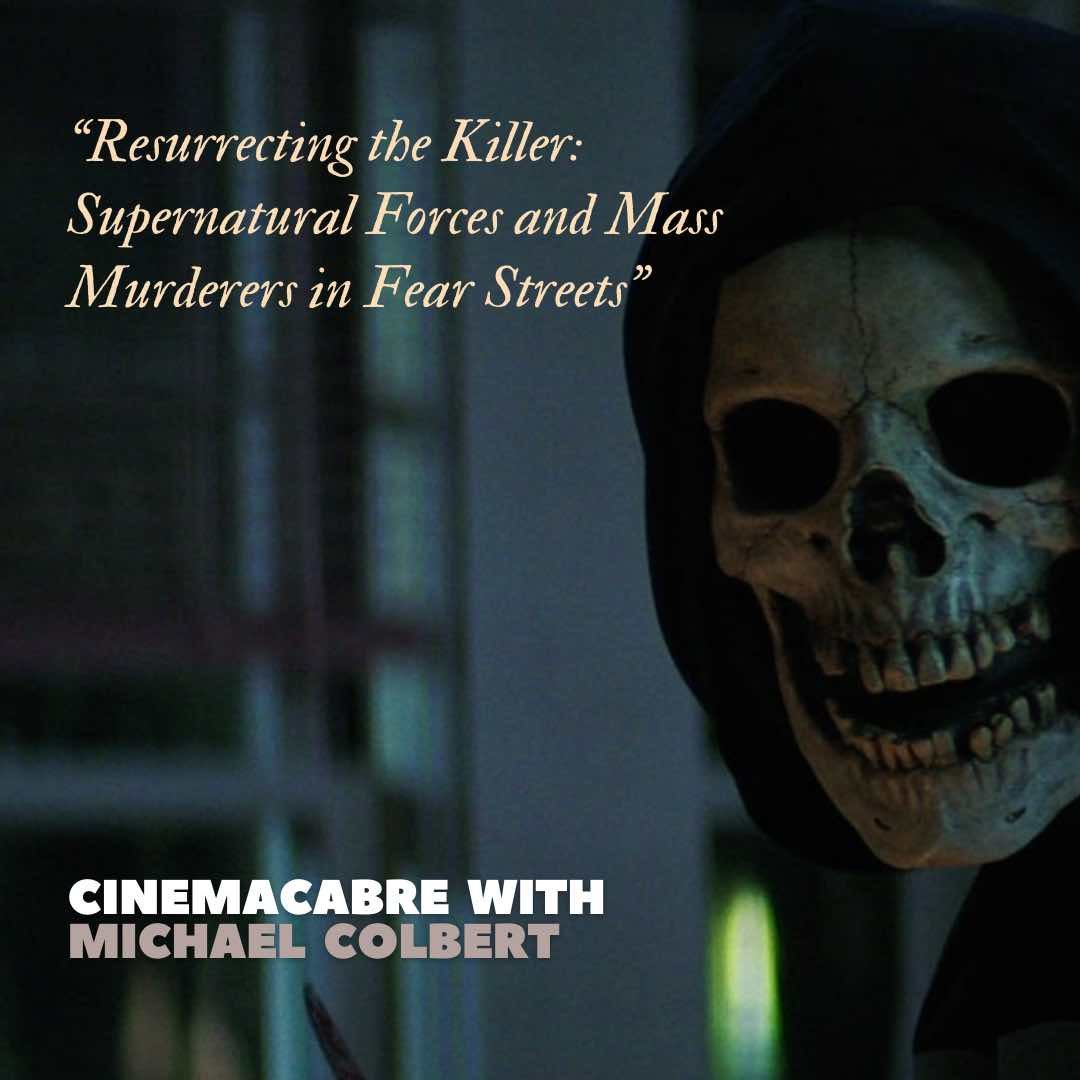Resurrecting the Killer: Supernatural Forces and Mass Murderers in Fear Streets
In bad horror, people get stuck in elevators with the devil. A cop that looks like P!nk tries to find a lost child in a town cursed by mine fires. Bad horror movies are so much more fun to watch together. They’re an event, a drinking game. If you ever actually feel afraid, then sure as a jump scare, there will be some line, some cheesy edit or low-rent demon to make you laugh in a minute, just you wait.
My sister recommended it. Autostraddle reviewed it. The Fear Street movies were going to be good. Absorbing the buzz without watching it myself, I recommended the movie to a friend. He said he hated it, he had to stop watching, it was so bad.
I feel an uneasy self-consciousness when I recommend movies, play for friends music that I don’t already know they like. What if they hate it? Why would I embarrass myself?
My family didn’t help with this. Years ago, I suggested we watch In Bruges, Martin McDonagh’s offbeat crime film, and still they eviscerate me for it. Instead, when we sit down to watch, I let them pick. I’ll be quiet. I’ll watch the movies I want on my own.
⦿
Leigh Janiak’s Fear Street horror trilogy examines the roots of evil. In 1994, we meet our protagonists, Deena (Kiana Madeira) and Sam (Olivia Scott Welch), in a dreamy, horrifying celebration of mid-90s aesthetics. Sam and Deena are ex-girlfriends, and Sam moved from downtrodden Shadyside to its well-to-do neighbor, Sunnyvale, where everything good seems to happen and there’s no serial killer curse. The story goes like this: every number of years—it seems like every 13, but not quite—someone from town goes mad on a killing spree. Town lore says it’s the fault of Sarah Fier, a witch executed in town in 1666, who severed her hand before dying so that she could clamp her grip upon the town.
Deena, Sam, and their friends quickly learn something else is afoot. To the terror of these teens, the film offers an homage to slasher stories. Each of Shadyside’s past killers gets resurrected—a creepy minister, a singing slasher, a skull-faced stabber. All of the killers are on the hunt for one marked victim—in this case, Sam. Deena, Sam, and their friends team up and outwit the killers with teenage ingenuity—though two of them meet grisly ends.
⦿
When my friend Bri visited me, we watched the second installment—1978—coasting on the buzz of our visit, remembering making French toast and mimosas on summer mornings to watch the second season of Stranger Things, or all the bad horror movies we watched in college. In bad horror, people get stuck in elevators with the devil. A cop that looks like P!nk tries to find a lost child in a town cursed by mine fires. Bad horror movies are so much more fun to watch together. They’re an event, a drinking game. If you ever actually feel afraid, then sure as a jump scare, there will be some line, some cheesy edit or low-rent demon to make you laugh in a minute, just you wait.
In Fear Street 1978, Deena and her brother visit C. Berman, who was among the only survivors of a summer camp massacre. She recounts her experience, and the film brings it artistic vision to bear on the seventies, a fun and raunchy summer camp color war with strong ties to the slasher films of the time. Ziggy, an on-point Sadie Sink, and her sister Cindy uncover more of Sarah Fier’s legacy, but only Ziggy survives, resuscitated by Nick Goode, who goes on to become the Sunnyvale sheriff in 1994.
This film, too, is grisly. Though only the older teens get slayed on screen, an ax murderer kills children. We finished it, not knowing whether it was good, per se, but the event itself was worth the while.
⦿
1666 jams two films into one. Deena becomes the serial killers’ new target after Sam is marked as the next killer. Finding Sarah Fier’s bones, Deena jumps back in time to Union, the colony that preceded Shadyside and Sunnyvale. Actors we’ve seen before appear in new, parallel roles—Madeira and Welch are again in love in this gloomy origin story. Deena learns the truth about the Shadyside curse, and a title card cuts to 1994, Part II. She and her friends undo the curse in a black-lit, neon, Nerf-gun, shopping mall showdown (Stranger Things, anyone?).
Together, the films work as an explication, in service of answering this question—what is the root of evil? Each film peels back a layer of the Shadyside curse. Where does it live? How does it end?
These questions hover over horror films. The Blair Witch Project keeps the answers off-screen. We can speculate as to whether supernatural forces are really to blame for the characters’ demise, or if the events we witness are what can unfold when we’re pushed to our limits.
Fear Street seems to tell us the answer is both. In 1666, we learn that Union saw plague and pointed to queer lovers, accused them witches. Sarah Fier’s friend Solomon Goode made a deal with the devil for power, sacrificing one villager’s soul to Satan in exchange for personal gain. The betrayed villager goes on a killing spree, Goode attains success, acclaim, sows the seeds for Sunnyvale to blossom. His descendants continue the chain, right up until 1994. Human faults—toxic masculinity, capitalism—bring about supernatural terror. The films have an argument and want to ensure we follow.
Where Cabin in the Woods or Scream unravel our horror expectations with satire, Fear Street is much more earnest and, oftentimes, obvious. In making sure we track the logic of the film’s answer to these questions, it stitches together some cheesy cuts between Deena and Sarah Fier in 1666, as if to say, Deena has jumped back in time but also this is the story of Sarah Fier, did you remember?
The trilogy offers certain pleasures—a horror lover’s tribute to the genre (in the 90s, the 70s, the 1600s!), macro-storytelling and framing devices that conjure the horror traditions of Henry James and Mary Shelley—and while its logic and explication are a bit obvious, the films seem to do two things. They offer a tribute to a whole genre across time. They want to reimagine these stories with gay love celebrated, and the true evil being the greed of men who sell out communities for their own gain. And, in the end, the film wields a powerful role reversal. It is not the Final Girl who must find her offed friends’ mutilated bodies, one by one, as she escapes. Sheriff Goode is the one who has to look. He must bear witness to all the evil he and his family have inflicted upon Shadyside. Sarah Fier comes back, stabs him, and the curse is lifted.
Bri and I still laugh about the nights we watched Silent Hill or Devil. These were nights of collective joy, of fear you hold in, in your spot on the floor in front of the TV. We watch movies like these with people we know relish their chaos. When we watch scary movies, bad ones especially, there’s something better to coming through it together. Fear Street moves to cheesiness when it wants us to join as a crowd, to scream or shout, “Fuck yeah!”, to come together just like the protagonists do when the evil has been put to rest.

